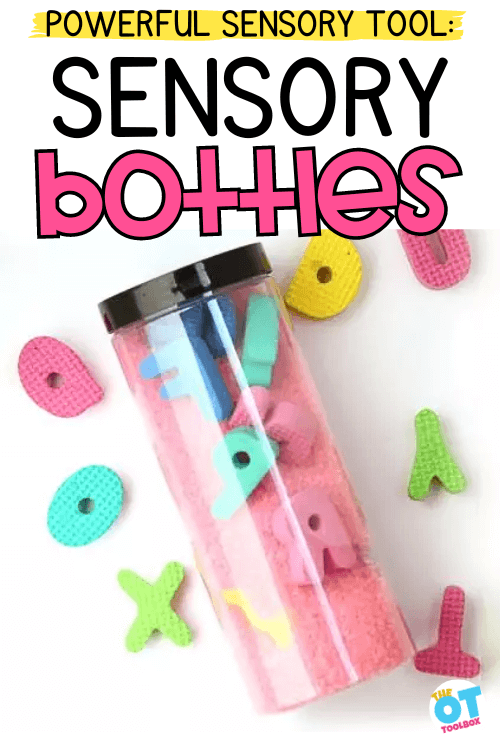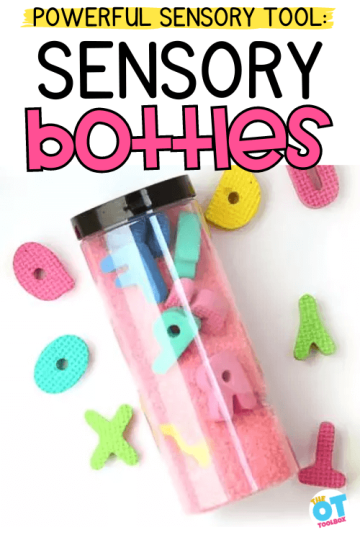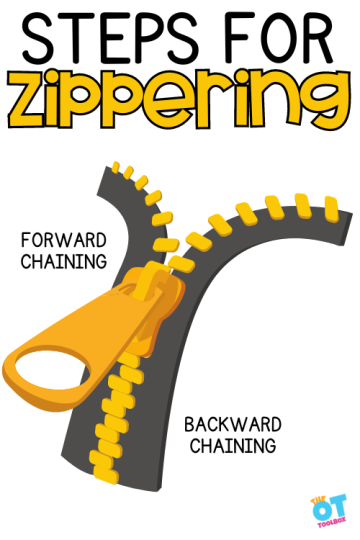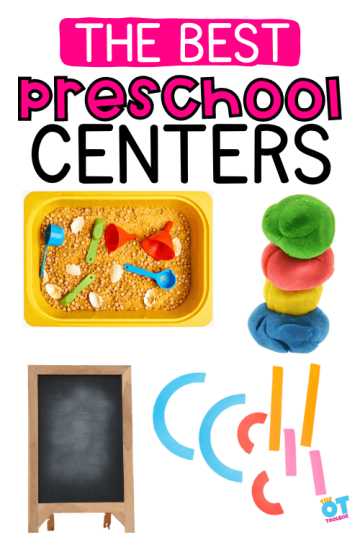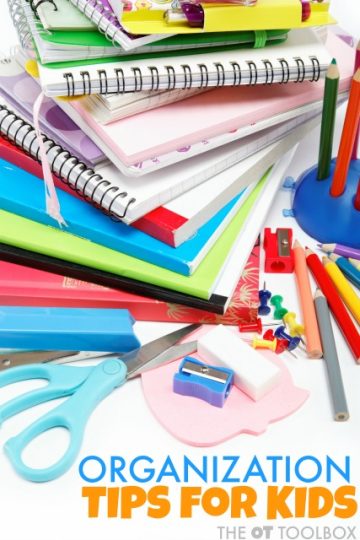Occupational therapy money management activities are a functional task for all ages. One way that occupational therapy providers support clients is by targeting the areas of function and daily tasks that enable independence such as ADLs and IADLs. One area may be counting money. In this blog post, we’re covering teaching clients to manage money and count money.
As an Amazon Influencer, I earn from qualifying purchases.
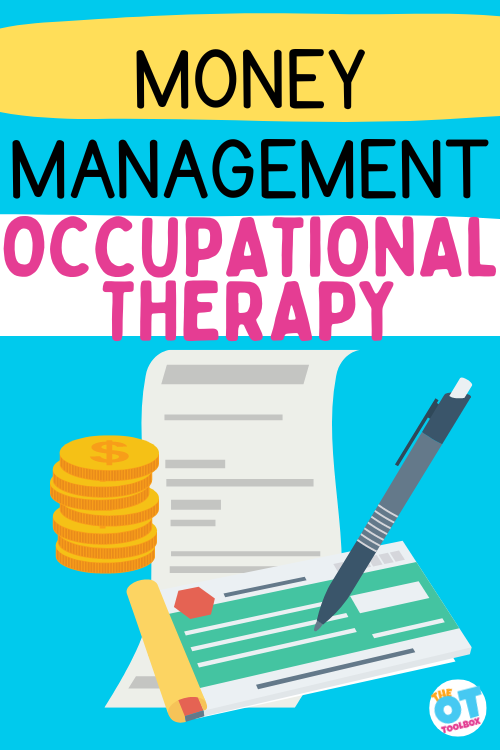
Occupational Therapy Money Management Activities
We are plowing through second grade with my oldest kiddo and this Money series was perfect timing for supplementing what she’s learning at school.
We’ve done a lot of second grade activities here based on what she’s been doing at school. While the beginning stages of money management is initiated in the second grade, this is a task that can be a challenge at all stages of development and across the lifespan.
Occupational therapy providers may support clients with aspects of money management:
- identifying coins
- manipulating coins
- counting coins
- managing dollar bills
- making change for a purchase
- counting coins and bills to make a purchase
- managing a check book
- budgeting
- paying bills
Today, we practiced counting coins and making change with a hands-on activity with a little pretend shopping. This was a fun way to practice counting money while working on fine motor skills, too.
We’ll also share other resources related to money management for occupational therapy.
Identifying Coins- One of the first steps to money management is to identify coins. Be sure to grab our count and color worksheet for more counting and fine motor tasks. In the activity, we target the fine motor skills needed to pick up and manipulate a coin in order to identify it and use it in counting money tasks.
Identifying coins and bills requires several skills:
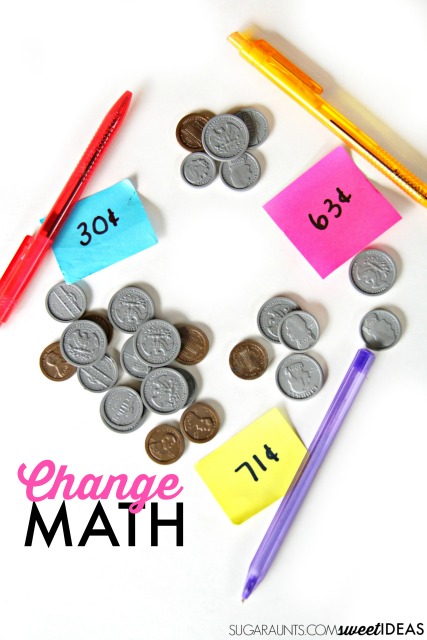
How to Teach Kids Money and Making Change
Using and counting coins is a functional task needed for Instrumental Activities of Daily Living (IADLs) such as shopping and purchasing necessary items for functional tasks. Because of this, an occupational therapy practitioner may work with clients on handling money.
While the “teaching” aspect isn’t quite an OT domain when it comes to teaching bills and how to count, there is a very functional thread in this task.
Counting money and handling bills and coins is a very functional task that requires underlying skill areas that occupational therapy providers often address in OT interventions:
- fine motor skills
- visual motor skills
- sensory discrimination
- visual discrimination
- coordination and finger dexterity
- executive functioning skills
This post contains affiliate links.
Sort Coins Activity
For this activity, we used our play money set. (affiliate link) I love this set because it’s loaded with coins and bills. It’s a great way to practice and learn money skills with hands-on learning.
We started off by sorting out the coins (after a certain one year old dumped the whole set on the floor!) and it was a good warm up to name and practice counting coins as we put them back into the correct spots in the wooden storage box.
- Put all of the same coins into a pile.
- Count the number of each coin.
- Count by adding on to add up the amount of money in the pile.
Next, I found a few stacks of sticky notes (affiliate link) and wrote some amounts. I varied the amounts from cents to several dollars. Then, I grabbed a handful of pens (affiliate link) in different colors.
This activity is very adaptable. Use whatever you’ve got in the house, from pretend play food to real pantry items, you can use any item for counting money and change. Use items that keep your child interested.
Teach Kids to Count Money
I matched up the items with different amounts written on the sticky notes.
I had my daughter count out the coins, starting with the largest coin. I asked her to tell me the number of each coin needed to get the amount, using the least amount of coins.
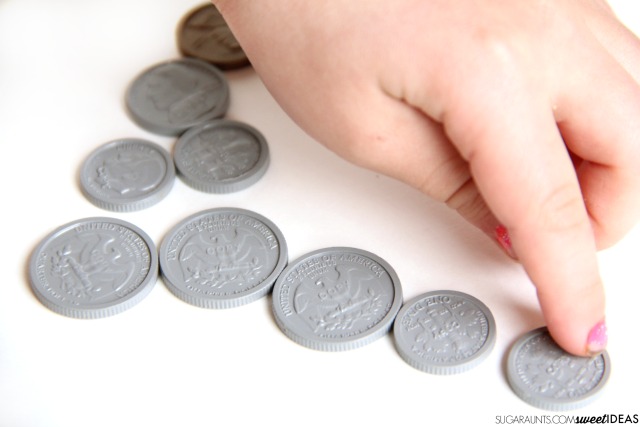
Counting Coins Activity to Make Change
Next, I gave her a few play bills and a handful of coins. I placed the price tags on each pen and asked her to buy the pen she wanted.
She chose a pen and then counted out the coins needed. Finally, we switched roles. I gave her a bigger amount and asked her to count change, starting with the price of the pen until she reached the bill or coin amount.
We practiced this game over and over again and got some great hands-on money practice, all with “buying” pens! Using the play coins (and having a huge pile of money to “pay” with) really motivated her to keep practicing money counting.
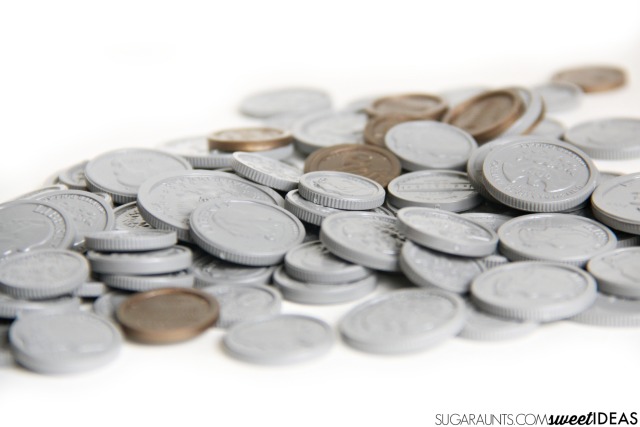
Fine Motor Skills with Money
Manipulating coins requires fine motor skills. The fine motor dexterity and precision needed to manipulate coins can be a challenge for some individuals. In order to handle money, one needs the following fine motor skills:
- in-hand manipulation
- hand eye coordination
- separation of the sides of the hand
- arch development
- wrist stability
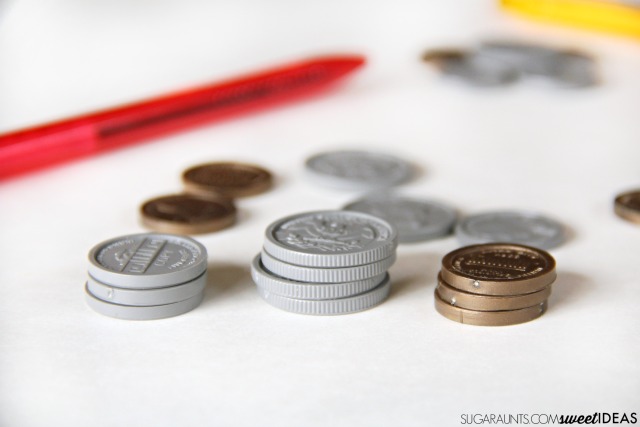
Flip Coins for Fine Motor Work- We’ve shared how to use coins in fine motor skills before. We used a few of those techniques today with our play money.
Stack coins- Stack the coins for a pincer grasp and practice in precision as you and your child count out the coins.
Looking for more money activities? Try these:
- Create a budget
- Write a check
- Balance a checkbook
- Count change for a product that is purchased in a store
- Fill in forms such as bank forms and a checkbook
All of these forms are found inside our Membership Club for Level 2 members. Not a member yet? Join us today!
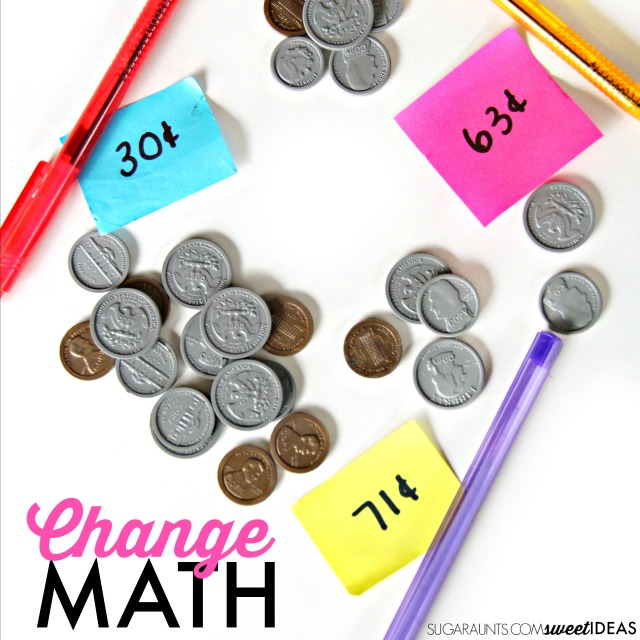
occupational therapy activities to work on money management
Some common ways to work on the functional skill of money management in occupational therapy interventions include the ideas listed above.
There may be a fine line between the educational aspect and the “teaching” of managing money. Identifying coins, counting change, managing a budget may not exclusively fall under the role of occupational therapy. These are, however, IADLs and that IS a main role of OT.
Money management can be a collaborative process, particularly when there are considerations at play such as:
- Dysgraphia
- Dyscalculia
- Visual perception needs
- Fine motor challenges
- Tactile defensiveness
- Other considerations
Particularly in the outpatient setting, IADLs such as money skills can be addressed.
For situations where it is appropriate, some additional ideas for targeting money management as a pre-vocational skill with teens or adults:
- Use real money to count and buy items
- Print off fake money to work on money use
- Identify coins and bills
- Make change for $10 or $20
- Play BINGO with coins
- community outings with purchases
- Use real menus to make pretend purchases with play money or real money
What are your favorite ways to support needs with money management?

Colleen Beck, OTR/L has been an occupational therapist since 2000, working in school-based, hand therapy, outpatient peds, EI, and SNF. Colleen created The OT Toolbox to inspire therapists, teachers, and parents with easy and fun tools to help children thrive. Read her story about going from an OT making $3/hour (after paying for kids’ childcare) to a full-time OT resource creator for millions of readers. Want to collaborate? Send an email to contact@theottoolbox.com.

